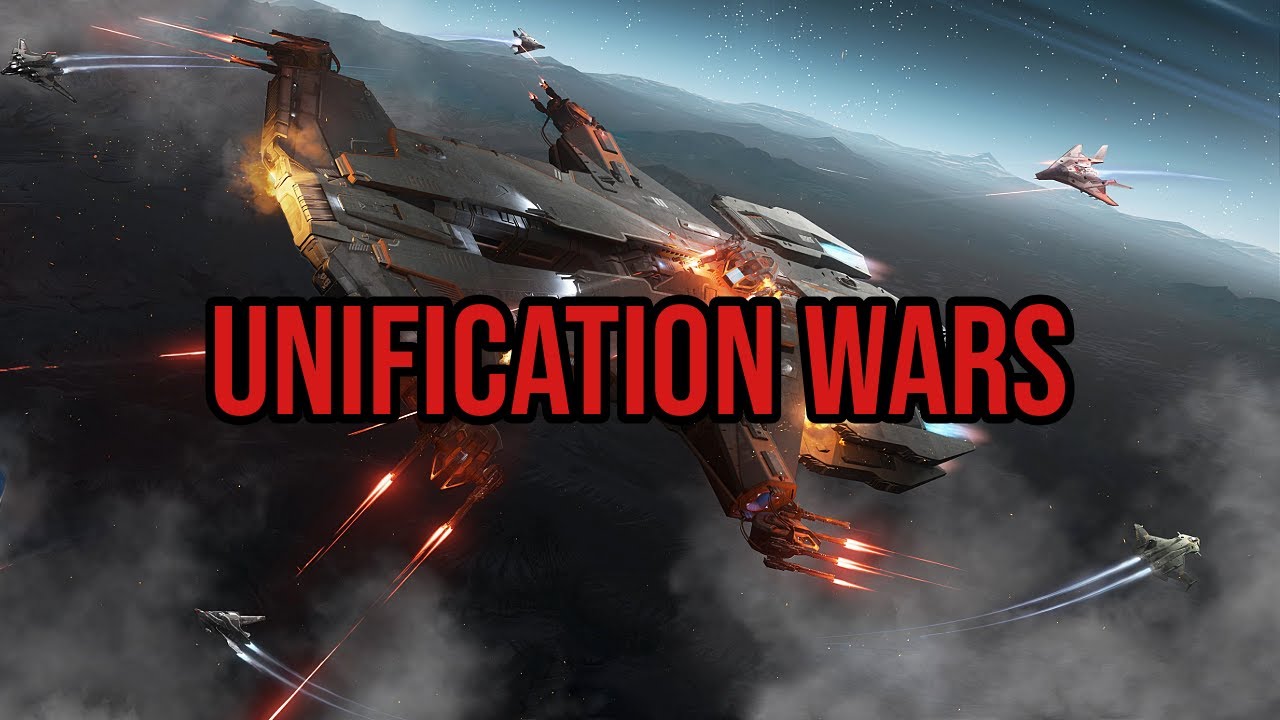The Unification Wars in the late 24th century were a brutal conflict sparked by Earth’s nations unifying under the United Nations of Earth, facing fierce resistance from factions unwilling to surrender their sovereignty. Despite violent mutinies, sieges, and large-scale attacks, the UNE ultimately suppressed the rebellion, solidifying its authority and enabling humanity’s unified expansion into space.
The Unification Wars were a pivotal and turbulent period in humanity’s history during the late 24th century, marking the struggle to unify Earth’s nations under one central government, the United Nations of Earth (UNE). Despite the monumental progress in space expansion and technology, deep-seated cultural and nationalistic divisions led to fierce resistance against unification. The conflict began in 2380 when Earth’s nations agreed to unify, but this decision sparked violent opposition from factions unwilling to relinquish their sovereignty, resulting in a bloody four-year conflict.
One of the earliest and most notable incidents was the mutiny aboard the warship Stanley, originally commissioned by Amano. When the ship was transferred to the UNE Navy, a significant portion of its crew, loyal to their homeland, resigned or rebelled. A group of Amicano crew members seized control of the Stanley and threatened to attack major cities to demand Amicano sovereignty. The UNE Navy swiftly recaptured the ship without casualties, but this mutiny inspired further defections and rebellions within the fleet, leading to a fragmented anti-unification movement composed of several rogue warships operating independently.
The UNE Navy responded by reassigning crews to prevent further mutinies and engaged in a series of skirmishes with the defected ships, focusing on capturing or disabling them without causing excessive damage to avoid creating martyrs. Despite these efforts, the anti-unificationists found new support in frontier settlements like Certis on Mars, which became a fortified stronghold and symbol of resistance. The subsequent siege of Certis lasted nearly a year, with the UNE employing psychological warfare tactics before finally storming the settlement in 2383, an action that drew widespread criticism and bolstered the anti-unification alliance’s popularity.
As the conflict escalated, the anti-unification movement became more organized, acquiring weaponized personal ships and aligning with militias and outdated local warships to form a coordinated fleet. Their climax came in July 2384 with a large-scale attack on New York City, targeting the UNE’s central government plaza. The battle caused massive destruction and civilian casualties, turning public opinion firmly against the anti-unificationists. The UNE Navy eventually suppressed the rebellion, and the surviving rogue ships fled, some becoming infamous outlaw gangs in the outer systems.
The aftermath of the Unification Wars saw extensive rebuilding efforts, particularly in New York City, which emerged modernized and strengthened as a political and cultural capital. The wars, despite their devastation, ultimately solidified the authority of the United Nations of Earth and paved the way for humanity’s unified expansion into space. The conflict remains a significant historical lesson on the challenges of overcoming deep-rooted divisions to achieve unity and progress.
